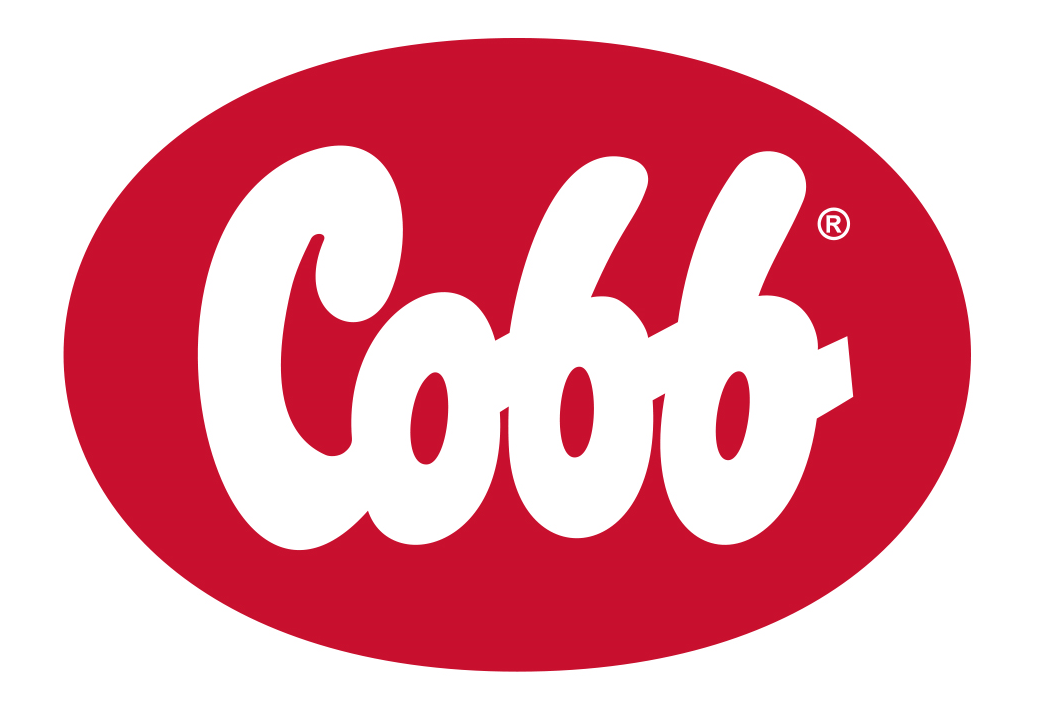



Winter ventilation for broilers
When temperature and ventilation are off, performance is lostProgress in genetics, nutrition, and management has made remarkable improvements in the daily growth and feed efficiency of modern broilers. The benefit of these improvements is a dramatic reduction in the time a modern broiler takes to achieve market weight. Thus, for every hour in which the birds do not have optimal temperature and ventilation, valuable performance will be lost. The greatest challenge facing any producer is the dynamic comfort zone requirements during the broiler life cycle, which also depend on the region of the world and season. However, during the winter, when outside temperatures drop significantly, tremendous challenges arise between maintaining target temperatures without forfeiting optimal air quality.
House sealing
It is nearly impossible to properly ventilate or control temperatures in a poultry house if it is not well sealed. Any cracks, leaking fan shutters, poorly sealed inlets, or poorly installed roof insulation will reduce the ability to control static pressure. Poor static pressure control means a large percentage of fresh air will enter the house through leaks. In this case, higher fan capacity is required to achieve the correct air volume and velocity across the inlets and will cause over- ventilation and increased heating costs. In addition, it will be difficult to maintain target temperatures, particularly at night, and leaks are sources of cold drafts, which may cause health issues for birds and wet litter.
The vast majority of modern sidewall fans have shutters mounted on the inside, which can be sealed with a sheet of plastic placed between the shutter and the frame during the winter. The larger cone and box-type fans used for summer ventilation can also be sealed with a plastic cover on the outside. The negative pressure created in the house will pull the plastic against the fan shutters to help the seal. Large doors are also easily sealed by placing a large plastic sheet on the outside.
The following is a very simple pressure evaluation test. The fans used for the test are based on house floor area:
- 1. Close all inlets and doors.
- 2. Run the equivalent of 18 m³/h of fan capacity per m2 of floor area (e.g., 2,000 m2 × 18 m³/h =36,000 m³/h of fan capacity). Depending on the fans installed, it is not always possible to get a perfect match.
- 3. Measure the static pressure across any small opening, such as a slightly opened inlet or hole.
A static pressure of >37.5 Pa indicates the house is adequately sealed. Static pressure <25 Pa indicates a poorly sealed house, which will require maintenance. A newly commissioned house should easily achieve a static pressure of 60 Pa. Always record the results of your pressure tests for future reference.
Minimum ventilation
Minimum ventilation systems are designed to manage air quality levels and moisture using fans on a cycle timer. This system is independent of the temperature control system and needs to be designed and operated in such a way that it will maintain good air quality and moisture control for optimal broiler development.
Three factors of minimum ventilation to consider are:
- Continuous genetic improvements result in higher metabolic and growth rates, which in turn increase oxygen demand. These increased metabolic rates also mean increased metabolic heat production, moisture deposited in the litter via the feces, and levels of carbon dioxide production — all of which must be removed by the minimum ventilation system.
- Due to the increased heater run times during the winter, more stress will be put on the minimum ventilation system as there is more waste gas produced from the heating system.
- During the winter, there is a tendency for producers to reduce minimum ventilation rates as a means of maintaining temperature and reducing energy costs. However, this can cause poor air quality.
Air quality parameters for poultry can be defined as:










